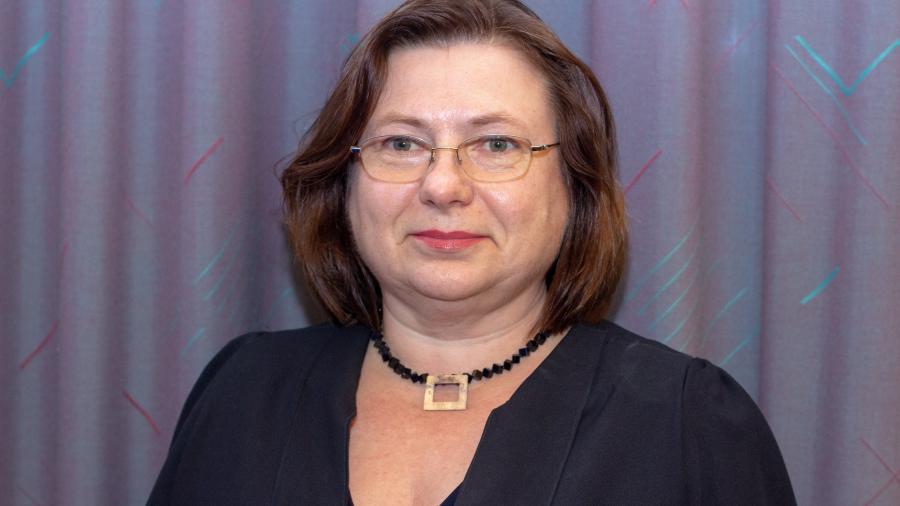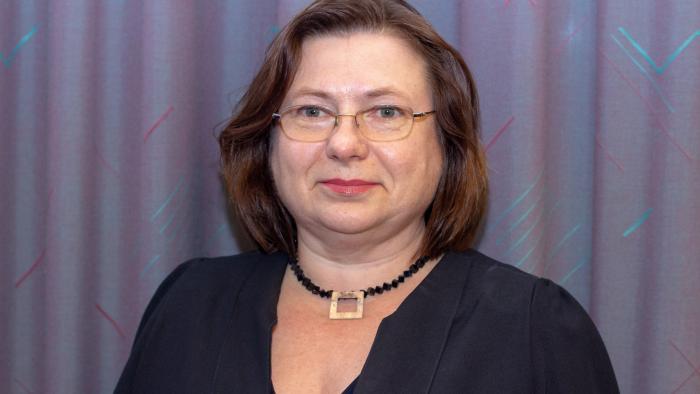
Nadia received her BA and MPhil degrees from the Institute of Physics and Technology, Moscow, USSR. She joined Wolfson College in 1991 when she was awarded the Wolfson College Ribbands Studentship for her PhD studies in Physics of Deformation of Materials. She began her postdoctoral research in 1994 with a series of appointments in the Department of Engineering of Newcastle University, the Chemical Engineering Department, and then the Physics Department of the University of Cambridge. She was elected to the College Research Fellowship and finally became a College Fellow in 1999 when she joined the Department of Materials Science and Metallurgy as a technical officer. She works as a Senior Technical Officer in the department.
Nadia manages experimental facilities for 80 people at the Centre of Materials Physics. She runs the Thin Film Growth laboratory with sputtering and electron beam depositions, laser ablation and atmospheric atomic layer deposition. Characterisation techniques under her umbrella include scanning electron microscopy, atomic force microscopy, X-ray photoelectron spectroscopy, profilometry; she consults on aspects of X-ray diffraction techniques and traditional metallography.
Nadia combines the design and implementation of complex equipment with traditional work on giving lectures and supervising PhD and undergraduate students. She designs and supervises projects for undergraduate students in physical sciences. She enables collaborative research with several universities in the UK as well as with numerous institutions overseas.
